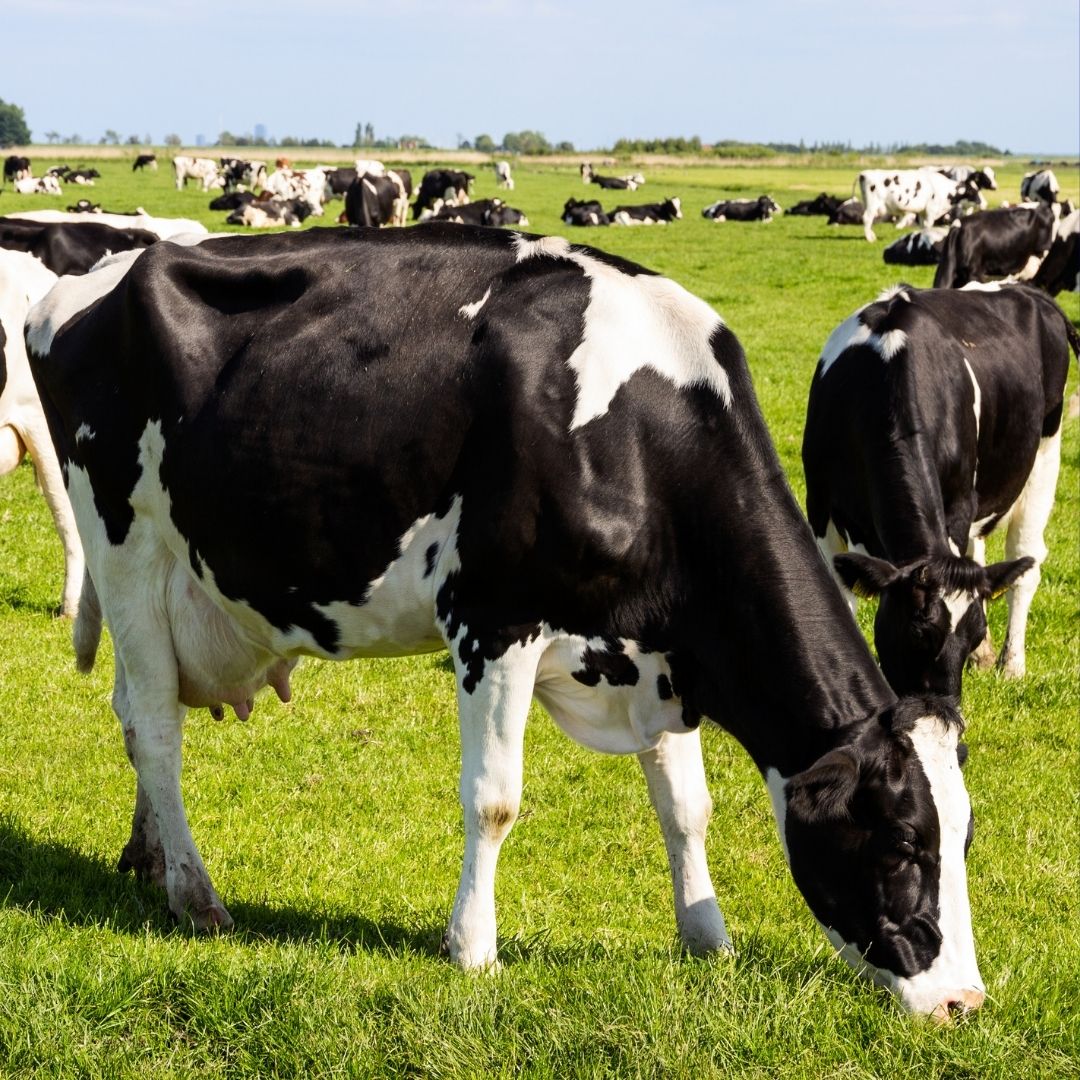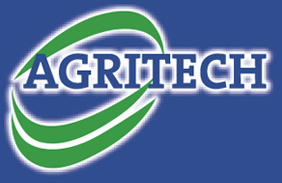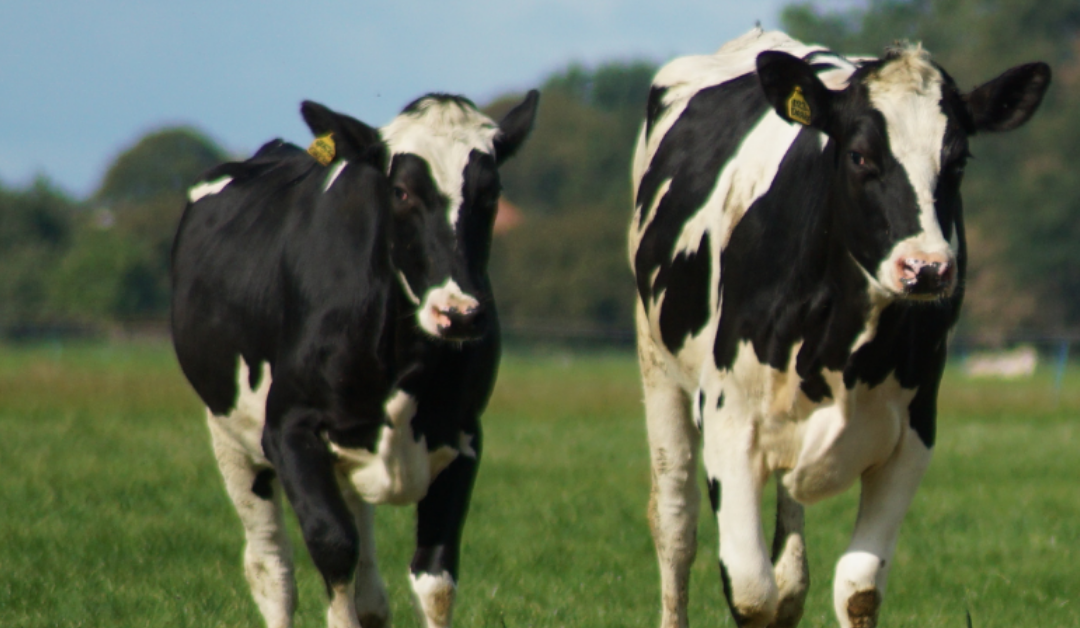Farmers must prioritise the next generation of milking cows by ensuring that the target weights of their replacement heifers are realised over the coming months.
With this in mind, heifers should reach 30% of their mature bodyweight at six months of age and achieve 60% of mature weight when bred at 15 months.
Over the next few months, optimal average daily gain may be difficult to maintain when grass growth/quality declines and grazing conditions become more challenging. So it is important to consider where your replacement heifers are in relation to targets (% of mature weight) currently.
By weighing heifers in early autumn as opposed to weighing at the point of housing, farmers can identify which animals are behind target. The best advice is to group accordingly and make alternative plans for heifers below their target weights.

Underweight heifers are considered to be those that are 5% or more below target bodyweight. Therefore, the regular weighing of heifers can help farmers to keep track of performance through the season.
Heifers that are lighter than this should be separated and given priority access to the highest quality grass and be re-introduced to concentrates depending on their weight relative to the herd’s target.
Higher weight gains can be achieved from grass rather than from winter/silage diets and a good response to autumn supplementation can be achieved. Should grass be in short supply and quality or when conditions are deteriorating, under-target replacement heifers should be fed a supplement until housing time to maintain weight. To increase growth rates, 1-2kg of concentrate/head/day should be sufficient.
Research shows that youngstock at grass in summer can achieve a weight gain of 0.85kg/day on grass alone. Come the autumn, where 1kg of concentrate plus high-quality grass are offered, average daily gains of 1kg/head/day can be achieved.
For more information, contact your local Agritech Sales Advisor here.


